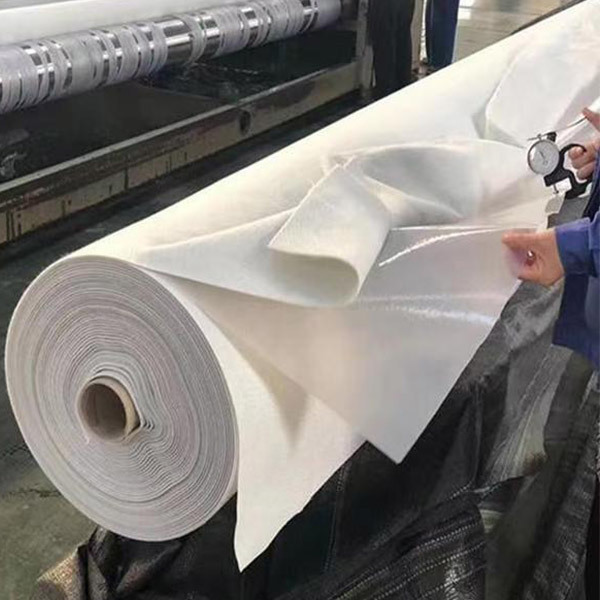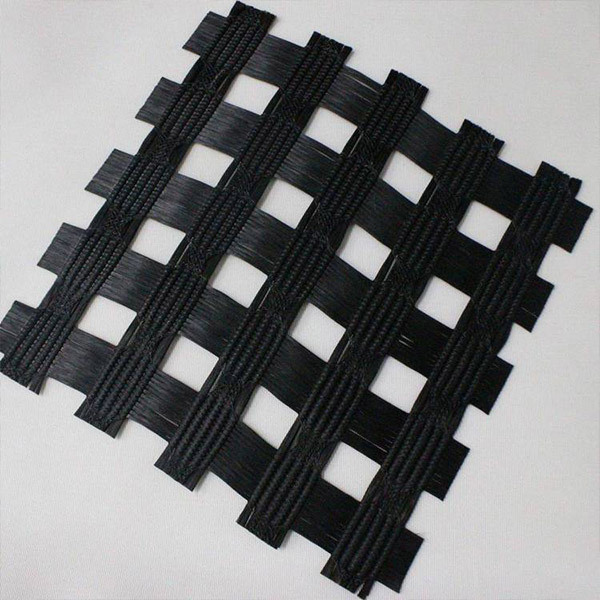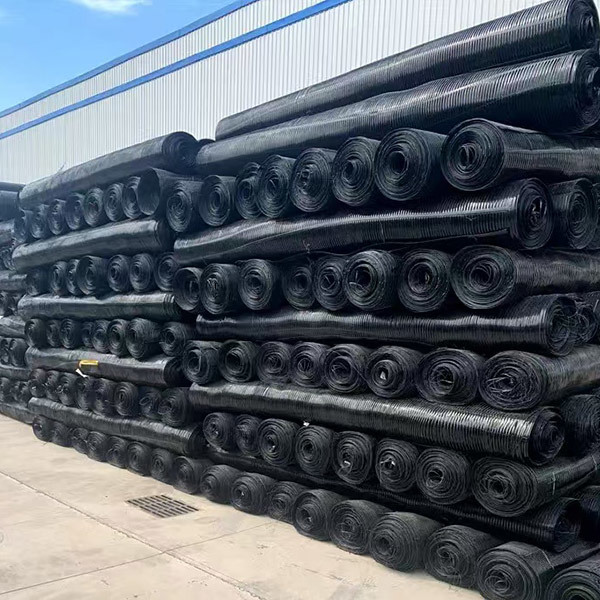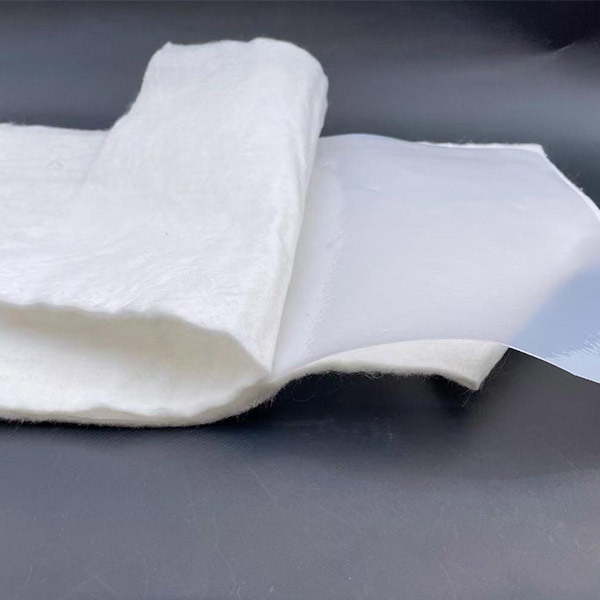Why Composite Geomembranes Are Your Best Bet for Waste Management Solutions
Time:
Aug 11,2025
Why Composite Geomembranes Are Your Best Bet for Waste Management Solutions Table of Contents 1. Introduction to Composite Geomembranes 2. Importance of Waste Management Solutions 3. What Are Composite Geomembranes? 4. Benefits of Using Composite Geomembranes 4.1. Durability and Longevity 4.2. Environmental Protection 4.3. Cost-Effectiv
Why Composite Geomembranes Are Your Best Bet for Waste Management Solutions
Table of Contents
- 1. Introduction to Composite Geomembranes
- 2. Importance of Waste Management Solutions
- 3. What Are Composite Geomembranes?
- 4. Benefits of Using Composite Geomembranes
- 4.1. Durability and Longevity
- 4.2. Environmental Protection
- 4.3. Cost-Effectiveness
- 4.4. Easy Installation and Maintenance
- 5. Applications of Composite Geomembranes in Waste Management
- 6. Comparison with Other Waste Management Solutions
- 7. Case Studies: Success Stories with Composite Geomembranes
- 8. Frequently Asked Questions
- 9. Conclusion
1. Introduction to Composite Geomembranes
In the realm of waste management, the materials we choose can significantly impact the effectiveness of our solutions. **Composite geomembranes** have emerged as a leading choice for professionals in the construction and waste management industries. This article delves into the reasons why these materials are not just effective but are also a smart investment for any waste containment project.
2. Importance of Waste Management Solutions
Effective waste management is critical in maintaining environmental integrity and public health. With increasing waste generation worldwide, the demand for reliable waste management solutions has never been higher. **Composite geomembranes** play a pivotal role in ensuring that waste is managed safely and efficiently.
Proper waste containment helps prevent soil and water contamination, mitigates health risks, and promotes recycling and resource recovery. In this context, understanding the materials used for waste management is essential for making informed decisions.
3. What Are Composite Geomembranes?
**Composite geomembranes** are engineered sheets designed to serve as barriers against fluid migration. They are typically made from a combination of different materials, such as high-density polyethylene (HDPE) and geotextiles, which enhance their performance in various applications.
The composite structure provides distinct advantages over traditional geomembranes, such as improved puncture resistance and added strength. Their versatility makes them suitable for a wide range of waste management solutions, from landfills to hazardous waste containment.
4. Benefits of Using Composite Geomembranes
The adoption of composite geomembranes in waste management offers several noteworthy benefits.
4.1. Durability and Longevity
One of the primary advantages of composite geomembranes is their **durability**. Designed to withstand harsh environmental conditions, these materials offer a long-lasting solution that can endure UV exposure, temperature variations, and chemical degradation. This durability translates to lower replacement costs and fewer maintenance requirements over time.
4.2. Environmental Protection
Composite geomembranes are engineered to provide **exceptional environmental protection**. Their impermeability ensures that hazardous materials do not leach into the surrounding soil or groundwater. This quality is crucial, particularly in areas prone to contamination, as it safeguards the ecosystem and public health.
4.3. Cost-Effectiveness
While the initial investment in composite geomembranes may seem significant, their long-term **cost-effectiveness** is evident when considering longevity and reduced maintenance. By minimizing the risk of contamination and the associated cleanup costs, these materials can save organizations substantial amounts over the lifespan of a project.
4.4. Easy Installation and Maintenance
Another key benefit is the **ease of installation**. Composite geomembranes are lightweight and can be installed quickly, reducing labor costs and project timelines. Additionally, their resistance to damage means that fewer repairs are needed, streamlining maintenance processes.
5. Applications of Composite Geomembranes in Waste Management
Composite geomembranes are versatile materials that find application in various aspects of waste management.
5.1. Landfill Lining
Landfills require robust lining systems to prevent leachate from contaminating the surrounding environment. Composite geomembranes provide effective landfill liners that comply with regulatory requirements while ensuring durability and stability over time.
5.2. Wastewater Treatment Ponds
In wastewater treatment, composite geomembranes are used to line ponds and storage areas, preventing seepage and protecting local water sources. Their impermeable nature helps maintain the quality of treated water and minimizes environmental impact.
5.3. Hazardous Waste Containment
For hazardous waste, the stakes are even higher. Composite geomembranes are essential in creating secure containment systems that prevent the release of toxic substances. Their robust construction provides peace of mind in managing hazardous materials.
6. Comparison with Other Waste Management Solutions
When considering waste management solutions, it's important to evaluate the alternatives. While traditional materials like clay liners and single-layer geomembranes have their uses, they often lack the **strength** and **flexibility** offered by composite geomembranes.
Composite geomembranes outperform these alternatives in terms of performance, longevity, and environmental safety, making them the preferred choice for modern waste management challenges.
7. Case Studies: Success Stories with Composite Geomembranes
Several organizations have successfully implemented composite geomembranes in their waste management strategies, resulting in improved performance and environmental safety.
**Case Study 1:** A municipal solid waste landfill utilized composite geomembranes for its lining system, leading to a significant reduction in leachate generation and enhanced regulatory compliance.
**Case Study 2:** A large-scale wastewater treatment facility adopted composite geomembranes to line its storage ponds, resulting in improved water quality and reduced operational costs through lower maintenance needs.
These case studies exemplify the effectiveness of composite geomembranes in real-world applications.
8. Frequently Asked Questions
1. What are the primary materials in composite geomembranes?
Composite geomembranes typically consist of high-density polyethylene (HDPE) combined with geotextiles to enhance their performance.
2. How do composite geomembranes compare to traditional liners?
Composite geomembranes provide better durability, flexibility, and environmental protection than traditional clay liners and single-layer geomembranes.
3. Are composite geomembranes environmentally friendly?
Yes, they are designed to prevent contamination and protect ecosystems, making them a sustainable choice for waste management.
4. Can composite geomembranes be recycled?
While recycling options may be limited, some manufacturers are exploring programs for recycling used geomembranes.
5. How long do composite geomembranes last?
With proper installation and maintenance, composite geomembranes can last for decades, significantly reducing replacement costs.
9. Conclusion
In conclusion, composite geomembranes represent a cutting-edge solution for waste management challenges. Their exceptional durability, environmental protection, and cost-effectiveness make them the best choice for various applications, from landfills to hazardous waste containment. By investing in composite geomembranes, organizations not only ensure compliance with environmental regulations but also contribute to a sustainable future. As we face increasing waste management demands, the adoption of innovative materials like composite geomembranes will become increasingly vital for effective and responsible waste management solutions.





